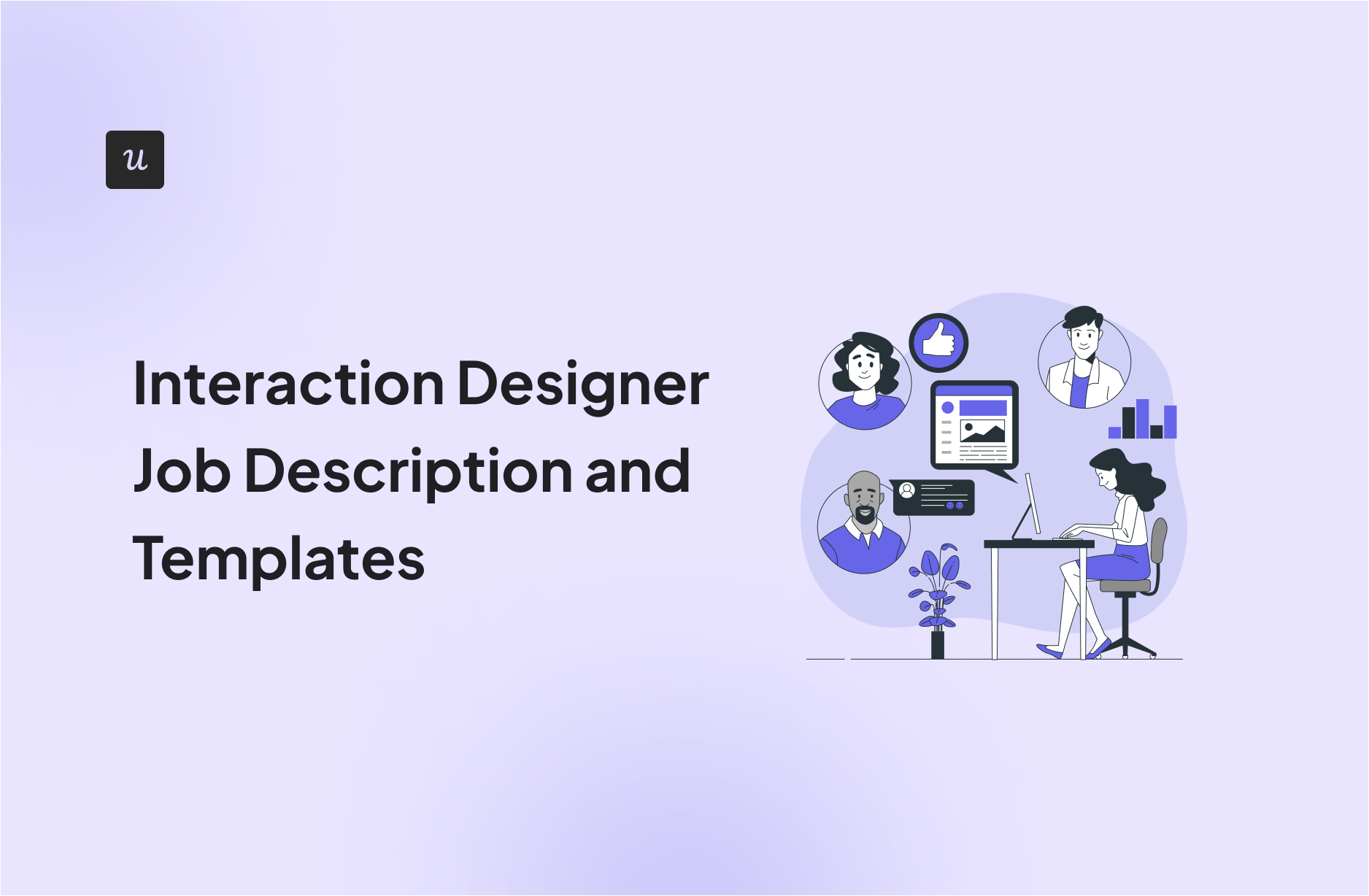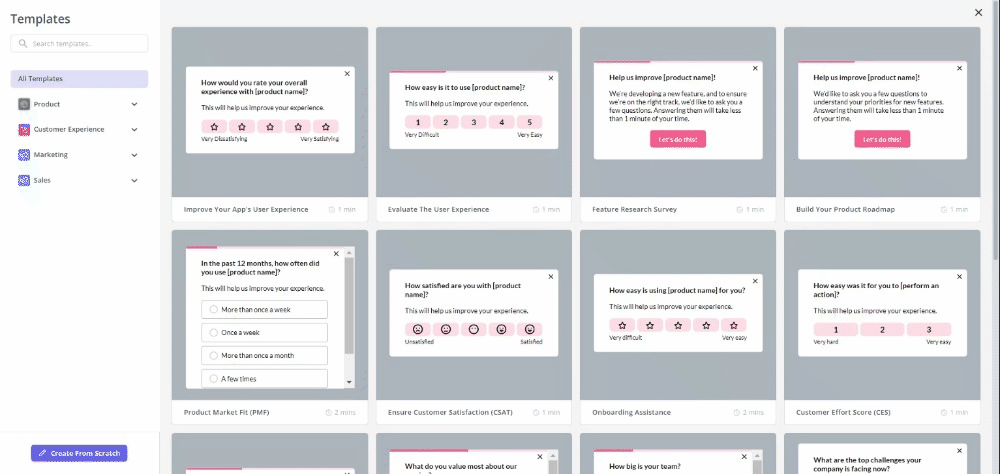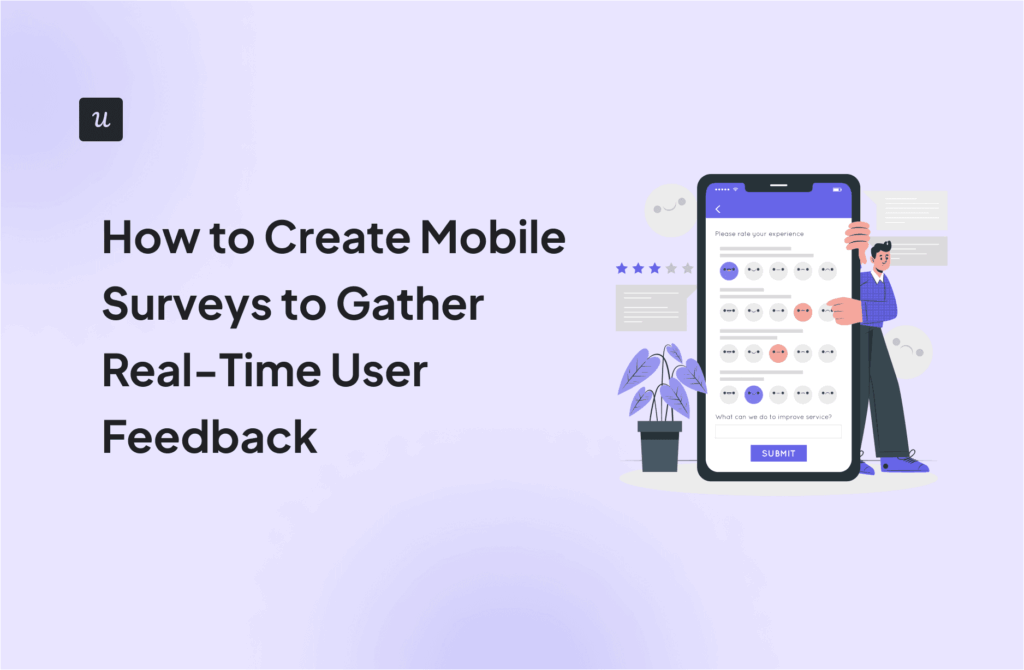
Interested in interaction designer roles? You’re in the right place!
In this guide, we’ll explore the ins and outs of interaction designer roles through detailed job descriptions and handy templates.
Whether you’re hiring, job hunting, or simply curious, we’ve got you covered with practical insights and ready-to-use resources.
Let’s dive in!
Try Userpilot Now
See Why 1,000+ Teams Choose Userpilot

What is an interaction designer?
An interaction designer focuses on creating intuitive and engaging product interfaces that enhance user experiences. They optimize user flows, develop interactive prototypes, and collaborate with UX designers, developers, and product managers to ensure cohesive design implementation.
Interaction designer’s main responsibilities
An interaction designer is responsible for creating engaging and intuitive user experiences for digital products, particularly in the SaaS industry. They focus on designing interactive elements that enhance user satisfaction and usability.
Here are their main responsibilities:
- Design interactive elements: Create buttons, menus, and other user interface components that are intuitive and user-friendly.
- Optimize user flows: Develop seamless user journeys to improve engagement and retention.
- Prototype development: Build interactive prototypes to test and refine designs before implementation.
- Conduct user research: Gather and analyze user feedback to inform design decisions and improve the user experience.
- Usability testing: Plan and execute usability tests to identify and resolve interaction issues.
- Collaborate with cross-functional teams: Work closely with UX designers, developers, and product managers to ensure cohesive design implementation.
- Maintain design systems: Contribute to and update design systems to ensure consistency across all products.
- Stay updated with industry trends: Keep abreast of the latest design trends, tools, and technologies to continually improve design practices.
- Document design processes: Create detailed documentation of design processes, guidelines, and standards for team use.
- Support product development: Collaborate with product teams to align design work with business goals and user needs.
- Facilitate design reviews: Lead design review sessions to gather feedback and make iterative improvements.
Interaction designer job description and template
We are seeking an experienced interaction manager to join our dynamic team. The interaction manager will be responsible for overseeing the design and implementation of user interactions across our digital products.
This role requires a deep understanding of user experience principles, strong leadership skills, and the ability to collaborate effectively with cross-functional teams.
Key responsibilities:
- Lead interaction design: Oversee the creation of intuitive and engaging user interfaces that enhance user satisfaction and engagement.
- Team management: Manage and mentor a team of interaction designers, providing guidance, support, and professional development opportunities.
- User research: Conduct and analyze user research to understand user needs, behaviors, and pain points. Use insights to inform design decisions and improve user experiences.
- Collaboration: Work closely with UX designers, developers, product managers, and other stakeholders to ensure cohesive design implementation and alignment with business goals.
- Prototype development: Lead the development of interactive prototypes to test and refine user interactions before final implementation.
- Usability testing: Plan and conduct usability testing sessions, gather feedback, and make data-driven recommendations for design improvements.
- Design systems: Contribute to and maintain design systems and standards to ensure consistency across all digital products.
- Project management: Manage multiple projects simultaneously, ensuring timely delivery and high-quality outcomes.
Qualifications:
- Bachelor’s degree in interaction design, UX design, or a related field.
- 5+ years of experience in interaction design, with at least 2 years in a managerial or leadership role.
- Strong portfolio demonstrating expertise in interaction design and user experience.
- Proficiency in design tools such as Sketch, Figma, Adobe XD, or similar.
- Excellent communication and interpersonal skills.
- Ability to think strategically and solve complex problems creatively.
- Experience with user research and usability testing methodologies.
- Strong understanding of design systems and standards.
Best practices to be a great interaction designer
To excel in interaction design, follow these best practices that enhance both user experience and design quality:
- Understand your users: Conduct thorough user research to grasp the needs, behaviors, and pain points of your target audience. This ensures your designs are user-centric and effectively address user requirements.
- Focus on usability: Prioritize creating interfaces that are intuitive and easy to navigate. Regular usability testing helps identify and resolve any issues that might hinder the user experience.
- Iterate frequently: Embrace the iterative nature of design. Develop prototypes, test them with real users, gather feedback, and refine your designs. Continuous iteration leads to polished and effective user interfaces.
- Collaborate with others: Engage closely with UX designers, developers, product managers, and other stakeholders. Effective collaboration ensures cohesive design implementation and alignment with business objectives.
- Stay updated with industry trends: Keep abreast of the latest design trends, tools, and technologies. Continuous learning and adaptation are crucial to maintaining a high standard of design excellence and innovation.
Interaction designer FAQs
- What is the difference between a UX designer and an interaction designer? A UX designer focuses on the overall user experience, including research, usability, and user flows, while an interaction designer specifically designs the interactive elements of a product, such as buttons, menus, and animations.
- What is an example of an interaction designer? An example of an interaction designer is a professional who designs the interactive features of mobile and web apps, ensuring that touch gestures, transitions, and feedback mechanisms are intuitive and engaging.
- What is the job description of an interactive designer? An interactive designer creates engaging and intuitive user interfaces by designing interactive elements, conducting user research, developing prototypes, and collaborating with cross-functional teams to enhance user experience.
- Is interaction design the same as graphic design? No, interaction design focuses on the functionality and usability of interactive elements in a digital product, while graphic design is concerned with visual aesthetics, layout, and branding.
Conclusion
We hope this guide has provided you with valuable insights into the roles and responsibilities of interaction designers.
By understanding the key responsibilities and skills required, you can make informed decisions and take meaningful steps in your career or recruitment journey.
Looking into tools for interaction designers? Userpilot is an all-in-one product platform with engagement features and powerful analytics capabilities. Book a demo to see it in action!








